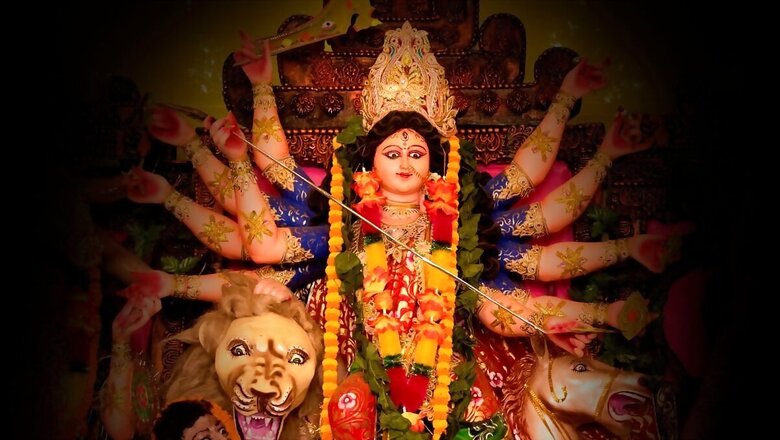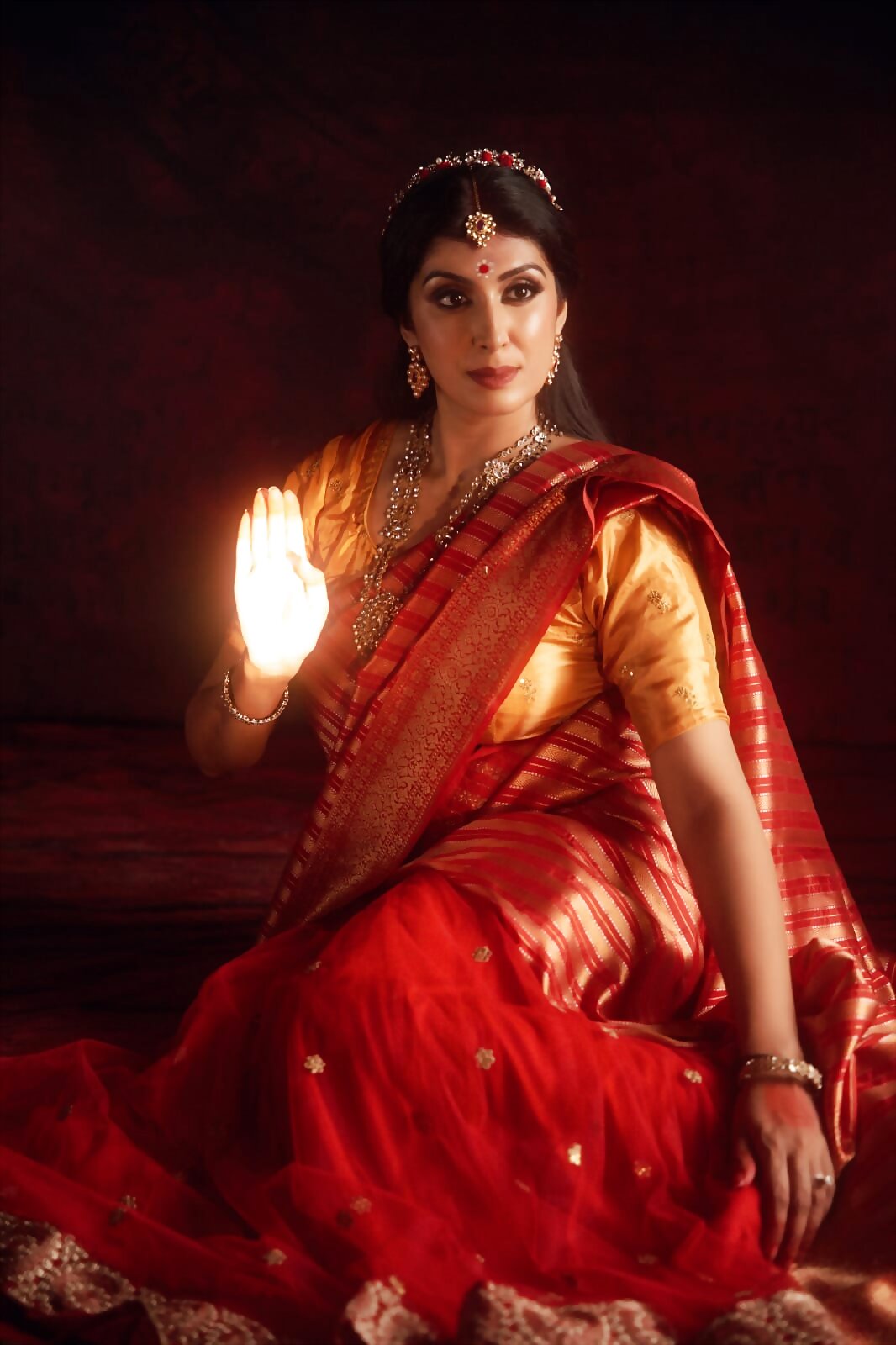
views
In today’s fast-paced world, where distractions are abundant and mental peace often seems elusive, the essence of festivals like Navratri holds deeper significance than ever before. More than just a religious celebration, Navratri offers a transformative journey—a time to pause, reflect, and reconnect with our inner selves amidst the chaos of modern life. It is a sacred reminder to let go of negativity, embrace mindfulness, and rediscover balance in both mind and spirit.
Navratri as a Time for Self-Reflection and Rejuvenation
As explained by Kathak exponent Shinjini Kulkarni, Navratri goes beyond rituals and prayers. It is an opportunity to ground ourselves in the midst of overwhelming distractions. Each of the nine days of Navratri symbolizes a step in the journey of inner cleansing and mental rejuvenation. In a world that constantly pulls us in different directions, it serves as a time to re-prioritize our well-being, focus on self-care, and cultivate mental resilience.

Kulkarni beautifully expresses that Navratri helps us “let go of negativity and rebuild mental strength.” The festival encourages the adoption of the Satvik way of life, emphasizing purity in thought, action, and consumption. By embracing mindfulness, we can restore a sense of peace and balance that is often lost in the frenzy of everyday life. These nine days serve as a reminder that self-care is not a luxury, but a necessity in maintaining our overall well-being.
The Symbolism of the Nine Emotions
Padma Shri Kathak Guru Shovana Narayan delves deeper into the philosophical and emotional aspects of Navratri, explaining that the festival symbolizes an inner battle—a fight between the good and evil forces that dwell within each of us. Navratri, according to her, is not only a celebration but a time to confront our own weaknesses and cultivate virtues. It invites us to introspect and overcome the negativity that resides both inside us and in the world around us.

Narayan beautifully connects this festival to the Navarasas — the nine emotions we experience as human beings:
– Shringara (beauty and love), where we develop inner beauty through kindness, compassion, and understanding.
– Hasya (laughter), where we approach life’s challenges with joy and positivity.
– Karuna (compassion), urging us to show empathy towards others.
– Raudra (anger), directed against hatred, violence, and injustice.
– Bhaya (fear), where we work to overcome insecurities, self-doubt, and anxiety.
– Bibhatsa (disgust), helping us shed self-pity and inner ugliness.
– Adbhuta (wonder), where we cease to be overawed by life’s challenges and develop a resilient mindset.
– Shantam (peace), the ultimate goal, fostering equanimity and balance.
These nine emotions mirror our human experience, and Navratri encourages us to embrace the positive emotions while conquering the negative ones. In this way, Navratri becomes a journey of emotional purification, guiding us towards becoming better individuals, filled with sensitivity, compassion, and humanity.
The Three Stages of Inner Transformation: Tamas, Rajas, and Sattva
Navratri is also deeply connected to the concept of the three gunas — Tamas, Rajas, and Sattva — which represent different states of mind and energy. The first three days of Navratri symbolize Tamas, a period when we confront our darker emotions, such as fear, depression, and instability. These are the days when we work on letting go of these negative forces that cloud our minds.
The next three days represent Rajas, where the energy of activity and movement takes center stage. This period symbolizes our battles with anxiety, restlessness, and emotional turmoil. It is a time to harness our energy, not through chaotic activity, but by channeling it in the right direction.
The final three days of Navratri culminate in Sattva, a state of clarity, peace, and enlightenment. By this point, we have overcome negativity and are able to experience balance and calmness. It is a state of mental focus, where we find a deeper connection with ourselves and the world around us.
In this progression, Navratri teaches us that peace is not something we can achieve instantly, but rather through a journey of self-awareness, discipline, and growth.
Navratri: A Festival for Today’s Age
In today’s age, where the pressures of life seem unrelenting and our connection to inner peace can feel fragile, Navratri serves as a powerful reminder of the importance of pausing, reflecting, and renewing our mental, emotional, and spiritual energies. It is a time to shed the layers of stress, negativity, and distraction that weigh us down and embark on a path of mindful living.
As Kulkarni points out, it’s about rebuilding our mental strength and focusing on self-care, while Shovana Narayan highlights the deeper journey of conquering our inner battles and cultivating the virtues of humanity, compassion, and peace.
Ultimately, Navratri calls upon us to look within and restore balance. It urges us to confront the negative forces in our lives, embrace the virtues of compassion, joy, and peace, and emerge stronger, more centered individuals. As we celebrate this sacred festival, let us remember its true essence: a celebration of inner transformation, mindfulness, and the triumph of good over evil, both within and around us.














Comments
0 comment